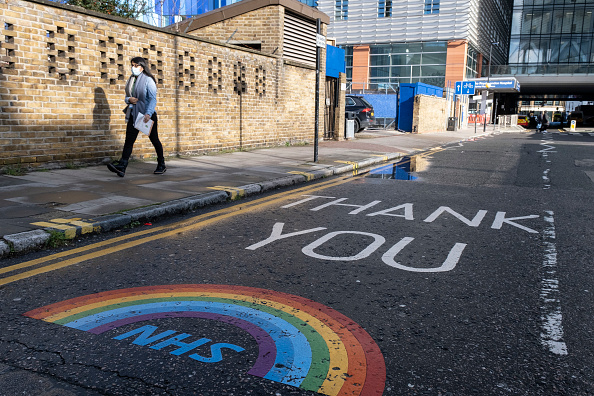National insurance doesn’t deserve its dishonest name nor the money of the poorest

National Insurance is misnamed. It is not an insurance, nor is it hypothecated for any specific welfare benefits. It is a tax, the proceeds of which go into the general revenues that finance government expenditure. At its outset in 1911 it was regarded as insurance against sickness and unemployment, and even when enlarged in 1948, it was still reckoned that payment of it resulted in entitlement to its benefits. Although people talk of its “fund,” in practice it is a pay-as-you-go system in which today’s benefits are paid from today’s contributions.
NI contributes a huge slice to tax revenues. In 2019-2020 it raised £145bn, or 17.5 per cent of the tax take. It is a throwback to the times when things were different, and has, since then, grown ever more complicated with arcane rules and additions over the years. From 2021-22, the threshold at which it starts to be levied will be £9,568 – hurting the lowest paid. In contrast, the Income Tax threshold will be £12,570. It is being levied on those below the minimum or living wages; we are taking tax from those we think don’t have enough to live on.
Part of the sleight of hand used to conceal the fact that NI is now just another income tax, albeit following different rules, is the notion of the “employer contribution.” The employee is led to think that his or her own NI contribution is matched by a similar one from their employer. They suppose that they are in effect getting two for one, with a contribution from their employer towards their welfare “fund.”
That “fund” is non-existent, and it is the employee who bears the burden of the employer contribution. Monies the employer pays in addition to wages form part of the cost of labour. They constitute the “wage pool” of the employer’s costs. If the employer did not have to make their NI contribution, it would be able to be paid to the employee instead. Either way, it costs the employer the same, but the government benefits – not the individual. In reality, the employee pays both the employee contribution of 12 per cent and the employer contribution of 13.8 per cent. Employees are paying not 12 per cent but 25.8 per cent, and that is set to be increased by the 1.25 per cent Heath and Social Care levy.
It now becomes apparent why successive governments of both major parties have declined to rationalise the tax system and absorb NI into Income tax with the same threshold and levied at a unified rate. If this were to happen it would become evident that the Basic Rate is more than twice its nominal 20 per cent and actually closer to 50 per cent. For higher rate taxpayers it would be seen to be almost two-thirds of their incomes.
If NI and Income Tax were to be merged, there might indeed be a Peasants’ Revolt, with people demanding lower taxes and less of the government spending they pay for. It is good for democracy if people know how much of what they earn goes to the Treasury, but it is good for Chancellors if this is obfuscated. Gordon Brown was famously a fan of the stealth tax. When people find their insurance costs more, their holiday plane ticket is more expensive, their drink has gone up, and their pension pot has diminished, they do not, for the most part, realise that the government has done this to them.
National Insurance is one of the most successful stealth taxes because most people do not realise how much they are paying. They attribute it to some kind of higher purpose, rather than what it is: a hidden supplement on Income Tax.
The 2019 Conservative manifesto contained a pledge to harmonise the thresholds for Income Tax and NI within the lifetime of the current Parliament. This is a good time to demand that this pledge should be honoured, and the two systems merged into one, with its level out in the open for all to see.
